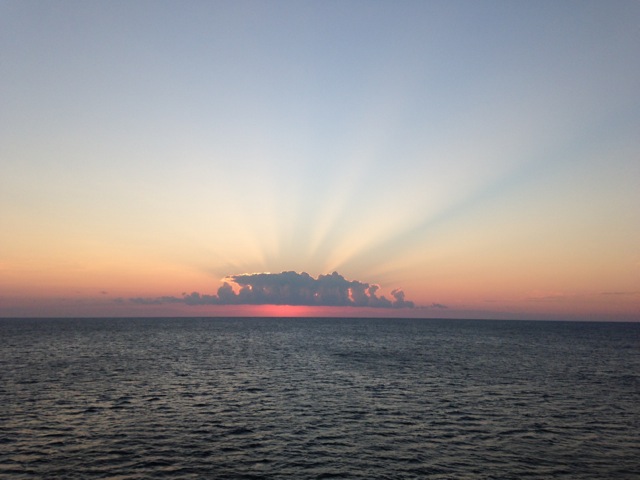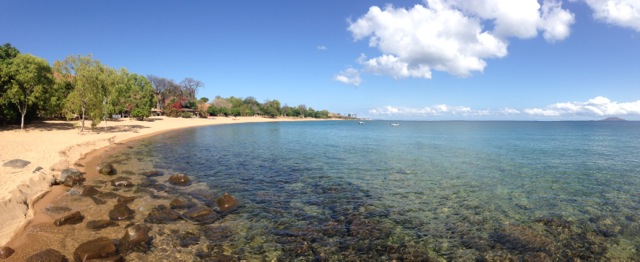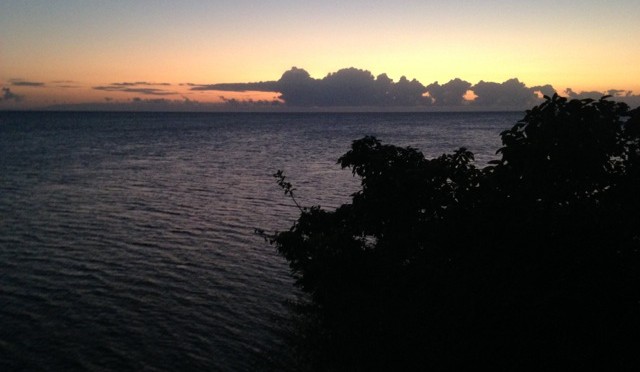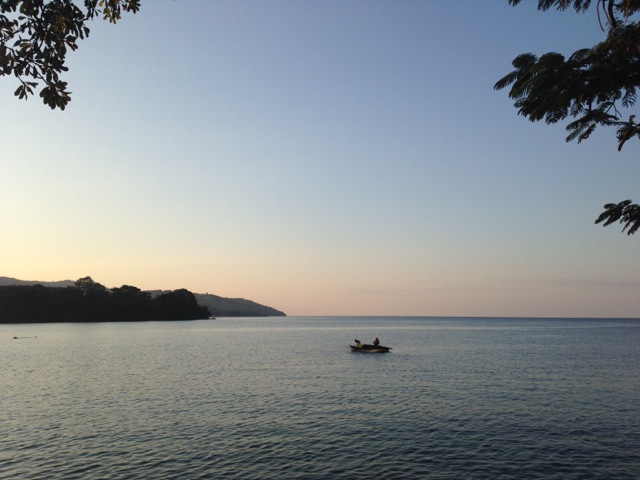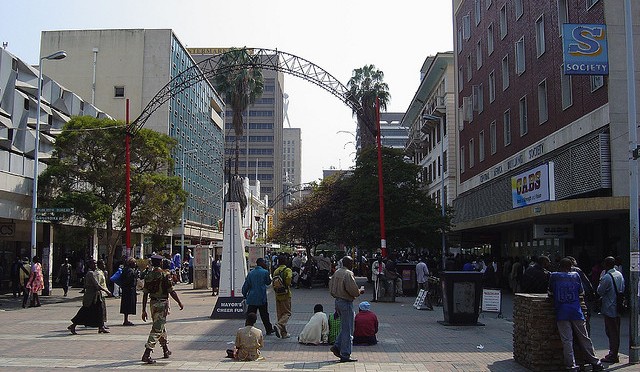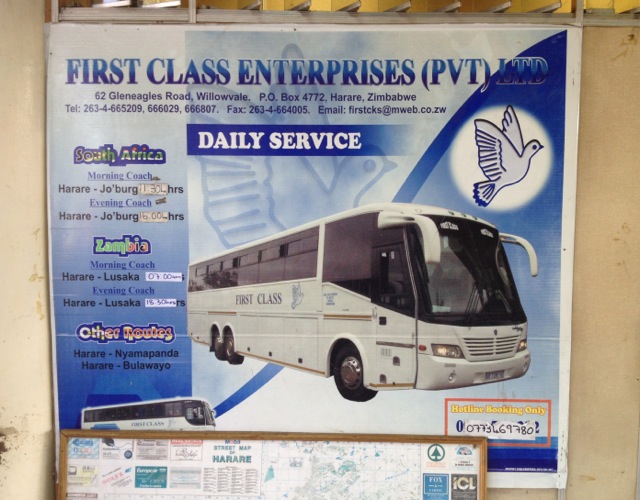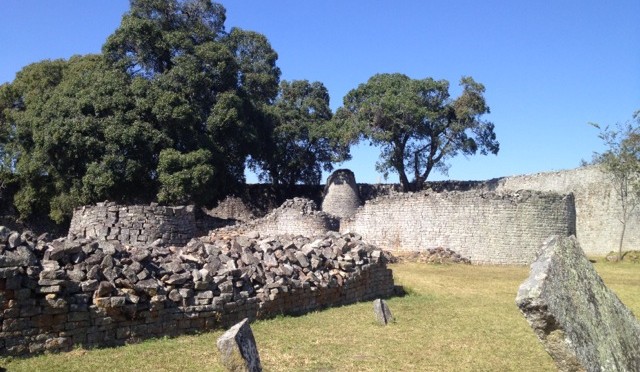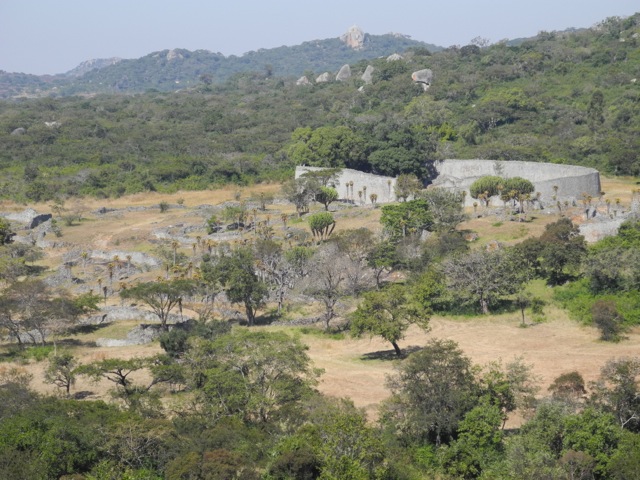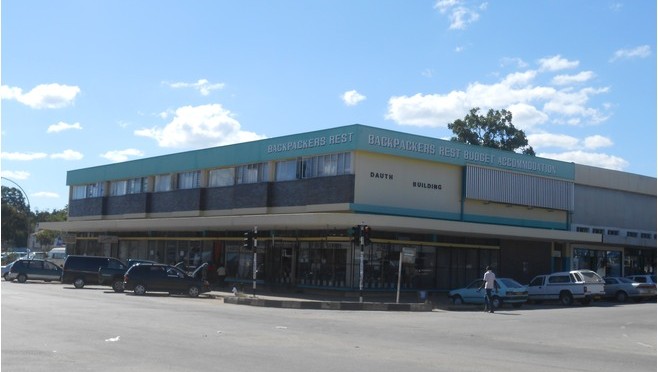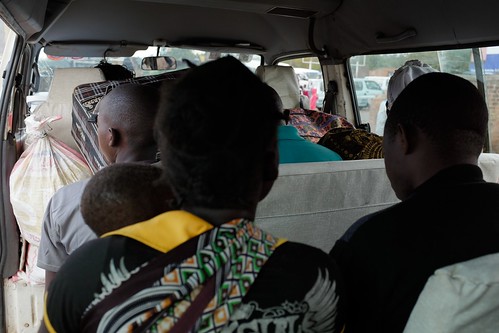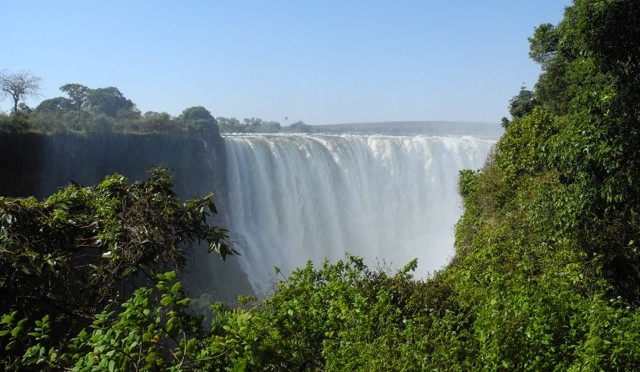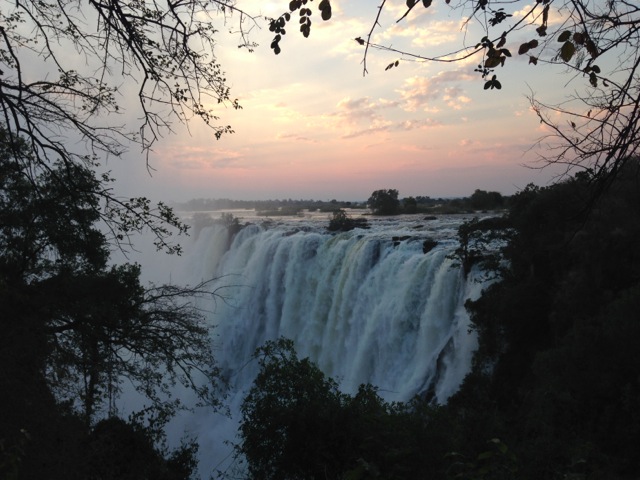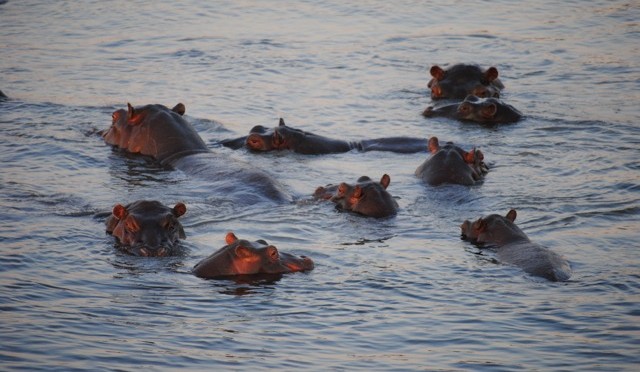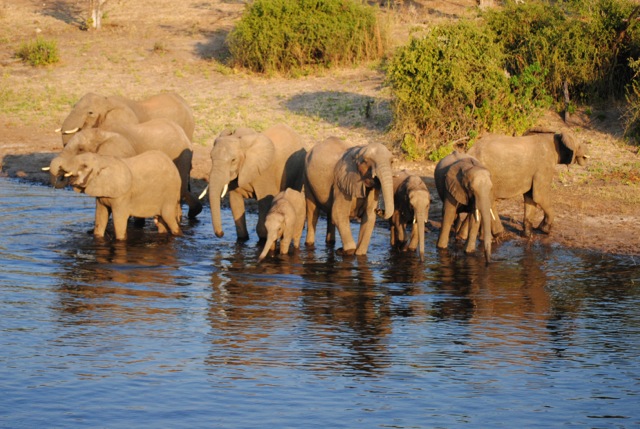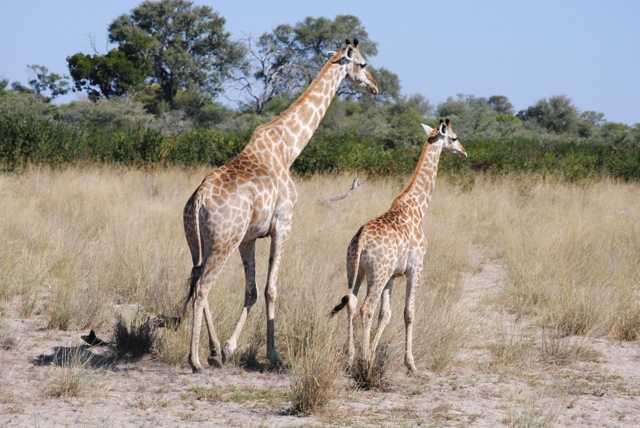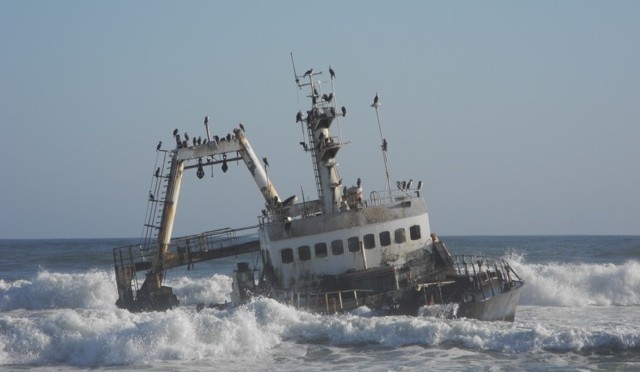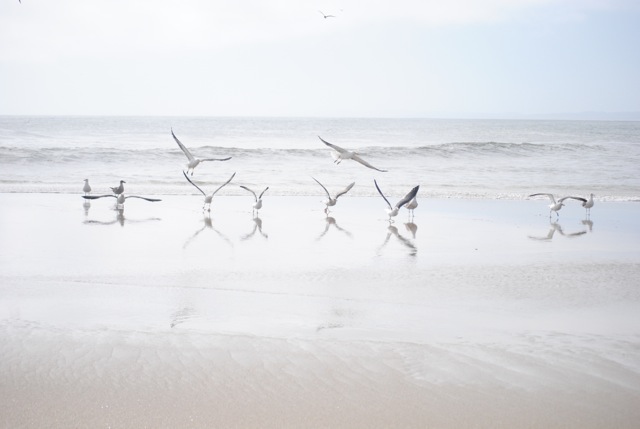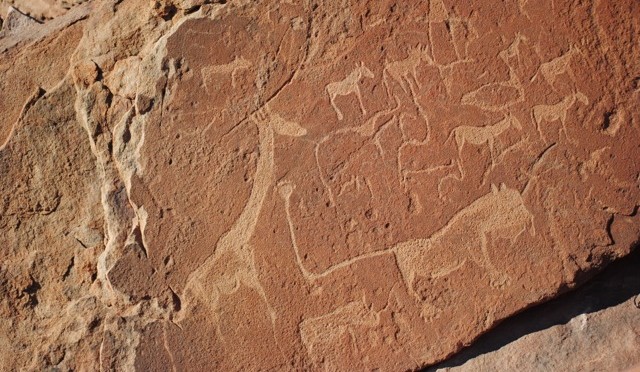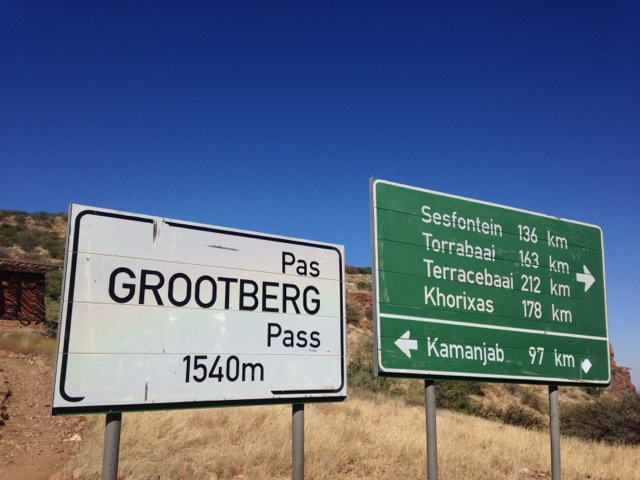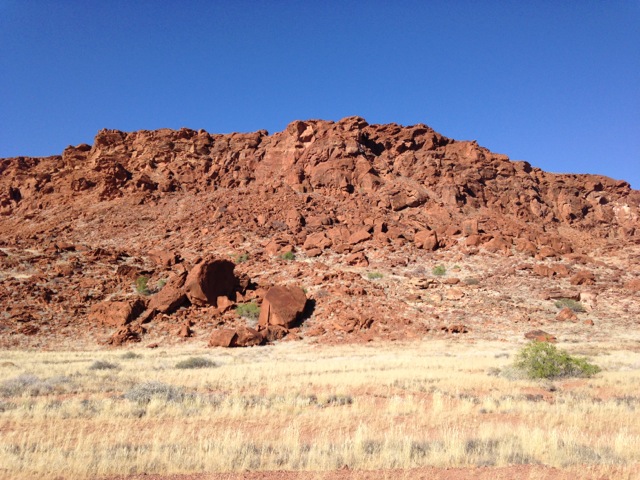Fact: Ferries are my least favorite method of transportation. In my experience, they are usually crowded, rarely comfortable, and have a tendency to make me seasick.
Alas, the only way to reach Likoma Island from Nkhata Bay is by ferry.1 We had heard taking the ferry, named the Ilala, was supposed to be a quintessential Malawian experience in and of itself, and so we planned to take it from Nkhata Bay to Likoma Island.
The ferry only runs between Nkhata Bay and Likoma Island on Tuesdays and Fridays (see infra for additional practical information), and we boarded the Ilala early on a Friday morning for a 6:00 a.m. departure.
